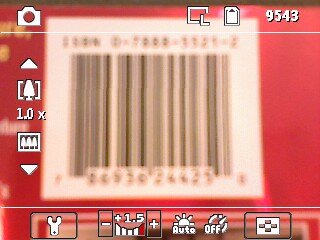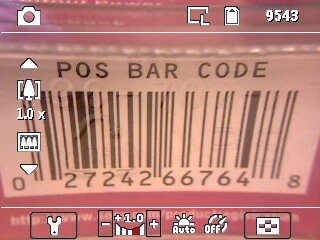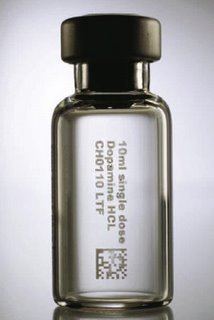Rumors about Google and Samsung will together build a new mobile phone, codenamed Switch.
Perhaps the most interesting aspect is the rumored go-to-market strategy: Google would build distribution relationships with multiple carriers by allowing them to minimize subscription and marketing costs; that is, Google would market the phone online, and carriers would fulfill.

When I sat down with Larry and Sergey (yes that is a joke) and they asked me what kind of phone Google should build, these are the things I thought would make it a big seller.
1.
QWERTY keyboard. Because every mobile phone is/will be connected to the Internet, it only makes sense that the keypad is replaced with a keyboard. It could be a touch pad or keys, but make sure it's QWERTY.
2.
Better antenna. Spend a couple extra bucks and build the antenna in the casing allowing a better connection. I would market the phone showing studies of how this is accomplished with new materials.
3.
WiFi enabled. Incorporate the ability to switch from cell signal to WiFi. As the adoption of VoIP grows, this is a must.
4.
Great battery. In Sprint's Ambassador program, I tested out their Samsung A920 phone using their Power Vision service. I used every high data application they offer and the battery lasted for days.
5.
Satellite Radio. I'm not a big fan of carrying my music on my phone, but I do want access to music or TV. With the variety of music and TV channels that sat radio offers, that would do the trick.
6.
Camera. Include a camera that produces high resolution pictures and that can capture all types of barcodes (1D or 2D)
7.
Toolbar. Put a Google toolbar at bottom of screen so I can type in a quesry and search without having to go online first.
8.
GPS When I do a search or pull up a map, I want the phone with GPS function to identify my location without having to type in zip code or city I am in. i realize this isn't a phone issue, but I would like to have it as a buuilt in feature when it becomes available.
9.
A universal instant messaging/ SMS "buddy list". One buddy list that I can include my AOL/Yahoo, SMS, text alert/info services, and Skype buddies.
10.
Universal email retrieval. A function that allows me to retrieve email from all providers. I realize this is available now, but I want this to be easy to set up.
These are just some things I would love my next "smartphone" to have. I realize some of these ideas aren't possible right now. Keep Apple's iPhone and give me this instead.























